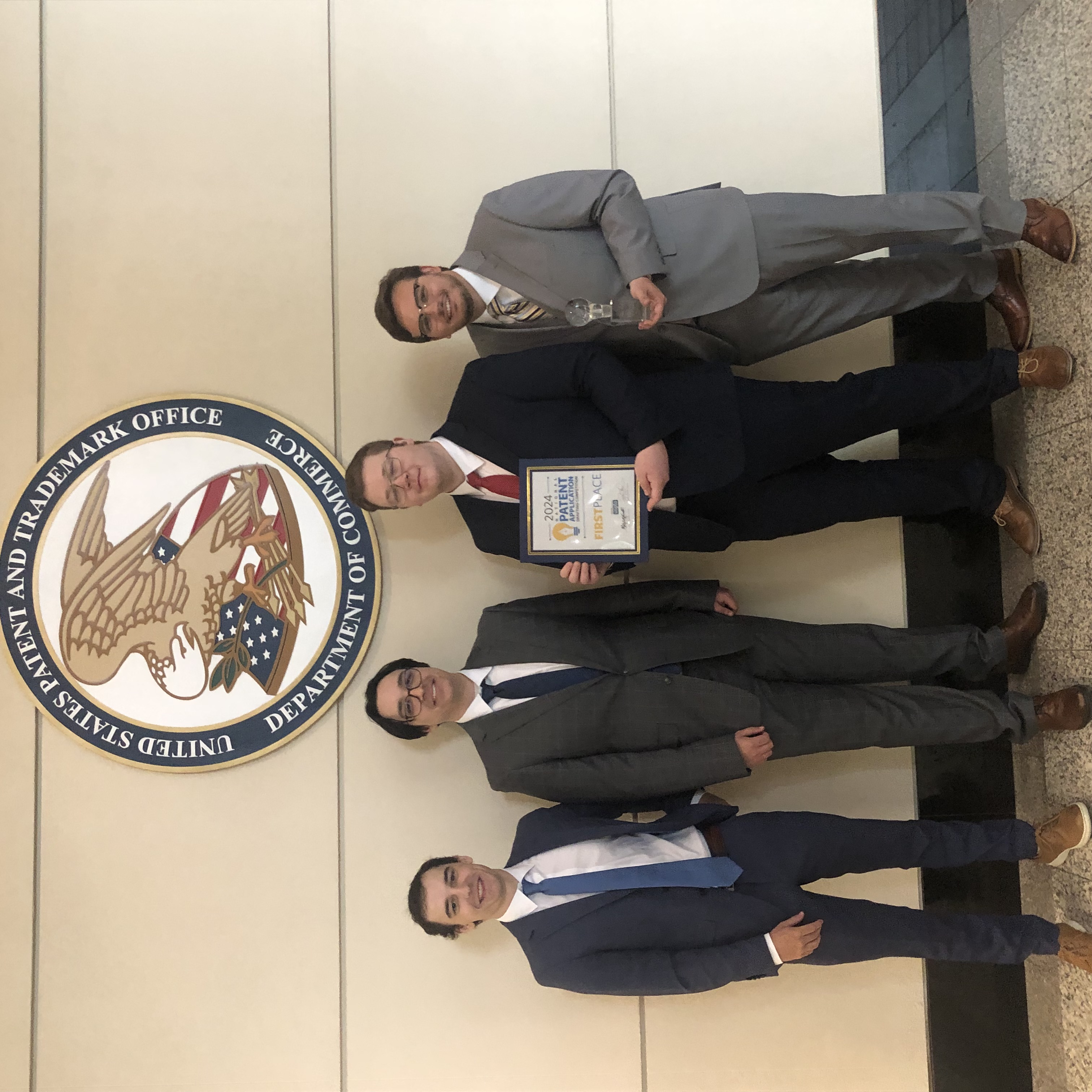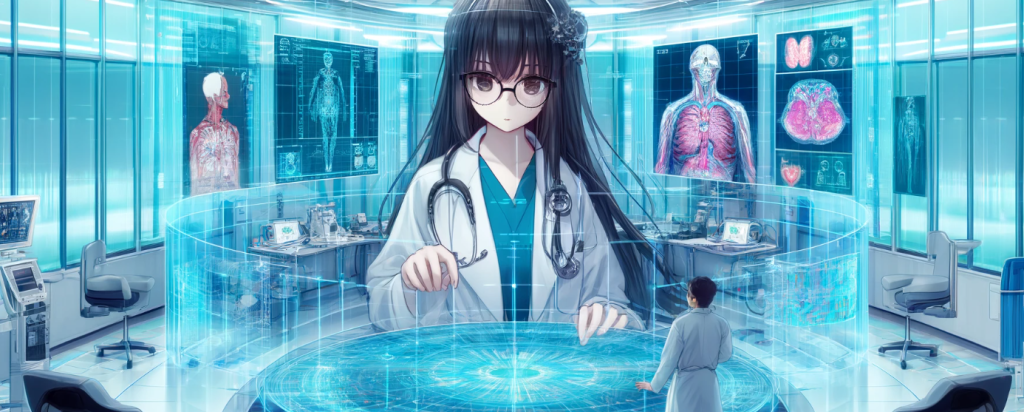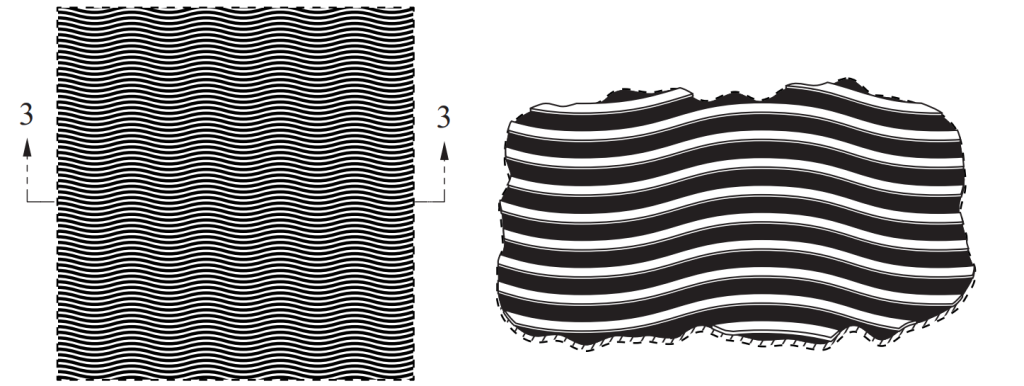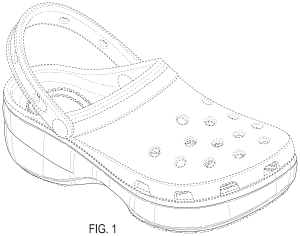By: Colleen V. Chien, Professor of Law at the University of California, Berkeley School of Law and co-director of the Berkeley Center for Law and Technology, and Jillian Grennan, Associate Professor of Finance and Sustainability at the University of California, Berkeley Haas School of Business. This post is part of a series by the Diversity Pilots Initiative. The Initiative will be hosting its second conference at Emory University Law School in Atlanta on Friday, September 20, 2024. Indicate your interest by signing up here.)
Which IP professionals ascend to partnership or top counsel roles? Which professors publish in the top journals? And which innovators become inventors? This question of who among lawyers, academics, or innovators reaches the next milestone in the progression of a career is relevant in many settings. It has been a central focus in the world of innovation since USPTO’s Director Kathi Vidal’s urgent call to ensure that we “get everyone off the bench” in order to solve world problems and foster economic prosperity.
This call is motivated by the observation that while women comprise 35% of the STEM workforce, they make up only 13% of inventors; Black professionals represent 9% of STEM workers but only 1.2% of inventors. What explains this innovator-inventor gap, the reduced rate at which underrepresented innovators become inventors? Just as lawyers of varying backgrounds do not equally ascend in firms – with women comprising a slight majority of associates but just 24% of equity partners – the journey from conceiving an idea to becoming a named inventor on a patent is not just a matter of technical merit, but, rather, is significantly influenced by the broader work environment. Because the progression from innovator to inventor happens largely behind closed, corporate doors, this critical gap has largely been overlooked and its causes, largely unexplored, despite technological innovations’ critical role as a driver of economic growth.
In our study, “Unpacking the Innovator-Inventor Gap: Evidence from Engineers,” which reports on a survey of close to 4,000 innovators across 4 firms, and collaborating firms’ invention disclosure databases, we use detailed administrative and survey data to unpack the forces underlying this gap and provide novel insights into the invention process, how it is influenced by firm policies, and its variation by demographics. The study’s unique empirical data reveal that inventorship, far from being a rote translation of ideas into patents, reflects an opt-in, competitive process, in which only one-third of engineers engage with their firm’s formal invention submission processes, and only half of these submissions progress to the patent application stage. Strikingly, participation rates for women at each step of this journey are significantly lower.
A closer examination of the data uncovers additional nuance. While the gender gap is pronounced at all stages of the patenting process, engineers from underrepresented ethnicities exhibit higher engagement levels in both initial ideation and later stages, suggesting distinct experiences and that the barriers and incentives likely differ across demographic groups. An important take-away for practitioners is that one-size fits all policies to encourage inclusive innovation may not work, rather targeted strategies to address the specific hurdles faced by women and underrepresented ethnicities are warranted.
We gain insights into the process of inventing and the challenges engineers face in going from having an innovative idea to becoming a named inventor by interviewing thirteen patent professionals and the resulting survey of engineers across various collaborating high-tech firms. The next two figures highlight a key finding takeaway from our study. Namely, that the path from ideation to patenting is a process fraught with potential frictions attributable to firm policies and systems, cultural norms, and personal experiences.
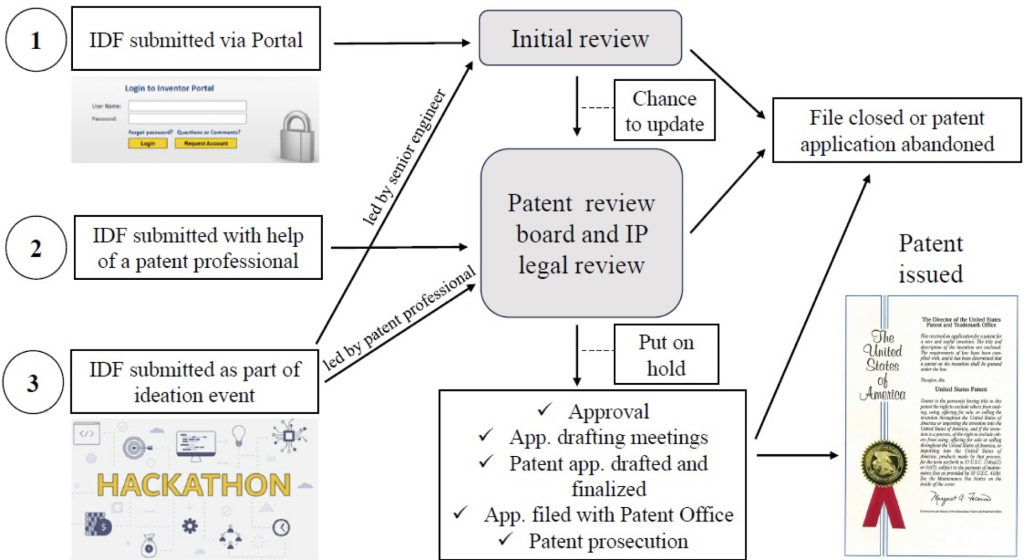 Figure 1. Variations in the invention submission process across firms
Figure 1. Variations in the invention submission process across firms
Figure 1 reveals the varied approaches employed by firms in the invention submission process. This figure captures the essence of the diverse practices across different organizations, showcasing the differences in how ideas are collected, reviewed, and iterated upon based on feedback. It serves as a window into the dynamics between engineers, patent professionals, and patent review boards.
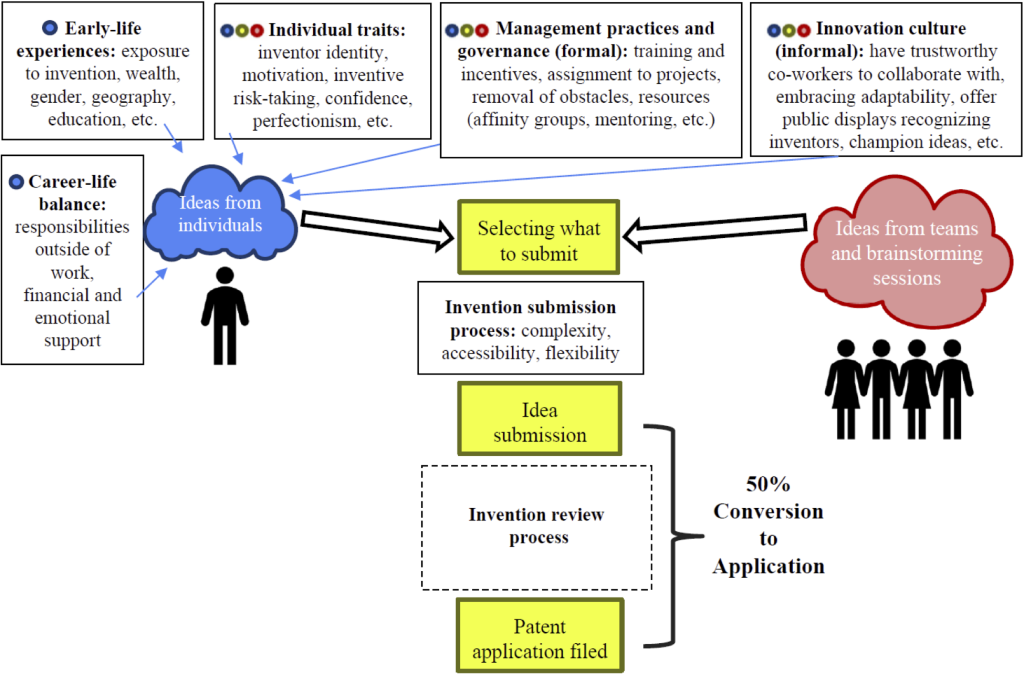 Figure 2. Factors influencing the invention submission process
Figure 2. Factors influencing the invention submission process
Figure 2 complements Figure 1 by delineating the myriad factors at both the firm (external) and individual (internal) levels that influence an engineer’s decision to submit an inventive idea. It categorizes firm-level factors into informal and formal institutions, such as culture and management practices, while individual-level traits include personal characteristics, early-life experiences, and desires for work-life balance.
Together, these figures underscore the need for a holistic approach to fostering an inclusive inventive environment, one that not only encourages the generation of new ideas but also supports their refinement and submission through processes that are equitable and transparent. As high-tech firms reassess their internal policies and practices, it is helpful to know the specific factors engineers perceive to be working for and against the invention process, in order to cultivate an environment where innovation can thrive.
Using well-established survey techniques, we determine a relative pecking order of factors that contribute to the innovator-inventor gap. The hierarchy among factors contributing to the innovator-inventor gap as revealed by engineers is management, motivation, culture, the invention submission and review process, mentoring, peer influence, and last personal characteristics. Again, though, we observe that women and URMs perceptions of the factors facilitating invention are distinctive.
For instance, leadership and management practices influence the innovation-invention gap. Better management is the top factor that would increase idea submission. The disparity in engineers’ perception of management is notable, with women and URGs less likely to view management as supportive in the inventing process. Additionally, motivational factors, both extrinsic and intrinsic or pro-social, significantly influence idea submission, with a notable difference in URGs’ desires for creating social value. Third, corporate culture, especially in terms of aspirational values like collaboration and integrity appear to contribute to the innovator-inventor gap. Female engineers are significantly less likely to (i) experience managers explaining important details, (ii) have people with whom to collaborate, and (iii) experience managers being ethical and making fair decisions. Overall, the creation of a pecking order underscores that the gap is linked to changeable aspects of companies, like management practices and corporate culture, rather than unique individual determinants.
Why is it important to address the inventor-inventor gap? The final part of our study, in which we examine the patents granted not only to firms in our study, but all U.S. public firms, supplies one answer. We find that patents with female inventors working at firms with meaningful frictions in the innovation process, as proxied by ineffective culture and poor management, are of higher quality and more likely to be in the top 10 percent of citations than the patents of their male counterparts. This outcome is consistent with a model we present which predicts that the costs females face in refining the signal of the patent-worthiness of their inventive idea are higher because of the practices such as inadequate feedback early in the submission process or a lack of peers to collaborate with. Therefore, developing and testing pilots to address these types of information barriers is a particularly promising direction for research and policy.
In conclusion, “Unpacking the Innovator-Inventor Gap: Evidence from Engineers” presents new evidence on the competitive, opt-in nature of the invention process inside high-tech firms and determinants of the innovator-inventor gap, where STEM professionals transition unevenly to being named inventors. Most previous work on inventors focuses on factors influencing the extensive margin like access to STEM education or factors influencing the intensive margin like financial incentives. Our results point to a new, important locus point for inclusive innovation – the workplace and – frictions in the invention process within firms – as a critical factor that determines both who becomes an inventor and the quantity and quality of inventions they pursue. These frictions in the invention process help explain why there is a more pronounced innovator-inventor gap for females. Importantly, we provide evidence that these frictions are so costly to females that they prevent high quality and potentially impactful ideas from being disclosed to society.
By implementing targeted interventions and fostering a culture of inclusion, high-tech firms can unlock the full potential of their diverse workforce, driving forward the frontiers of innovation and securing their competitive edge in the global marketplace. As this analysis has shown, the path forward requires a commitment to systemic change, guided by empirical evidence and grounded in a deep understanding of the challenges faced by underrepresented inventors.
Three main takeaways:
- Innovator-Inventor Gap: Only one-third of engineers submit ideas through their firms’ formal invention processes, and just half of these become patent applications. Women participate significantly less at each stage in the journey from potential innovator to patented inventor.
- Pecking Order of Factors Influencing the Gap: One key advantage of using a survey to unpack the forces driving the innovator-inventor gap is we hear directly from the engineers who are driving technological progress about their views of the inventive process at their firms. The hierarchy among factors contributing to the innovator-inventor gap as revealed by engineers is management, motivation, culture, the invention submission and review process, mentoring, peer influence, and last personal characteristics.
- Economic implications of the Gap: Analysis of citation patterns suggests that high-quality patents are lost in firms with larger gender gaps. Female inventors at firms with more frictions in the invention process receive significantly more forward citations and are more likely to have their patents be in the top decile of citations, consistent with the marginal lost inventions from women being of high quality.
Read the full paper here: Chien and Grennan, Unpacking the Innovator-Inventor Gap: Evidence from Engineers
If you find this insight compelling and want to stay informed on the latest developments, sign up for the DPI research updates today!


